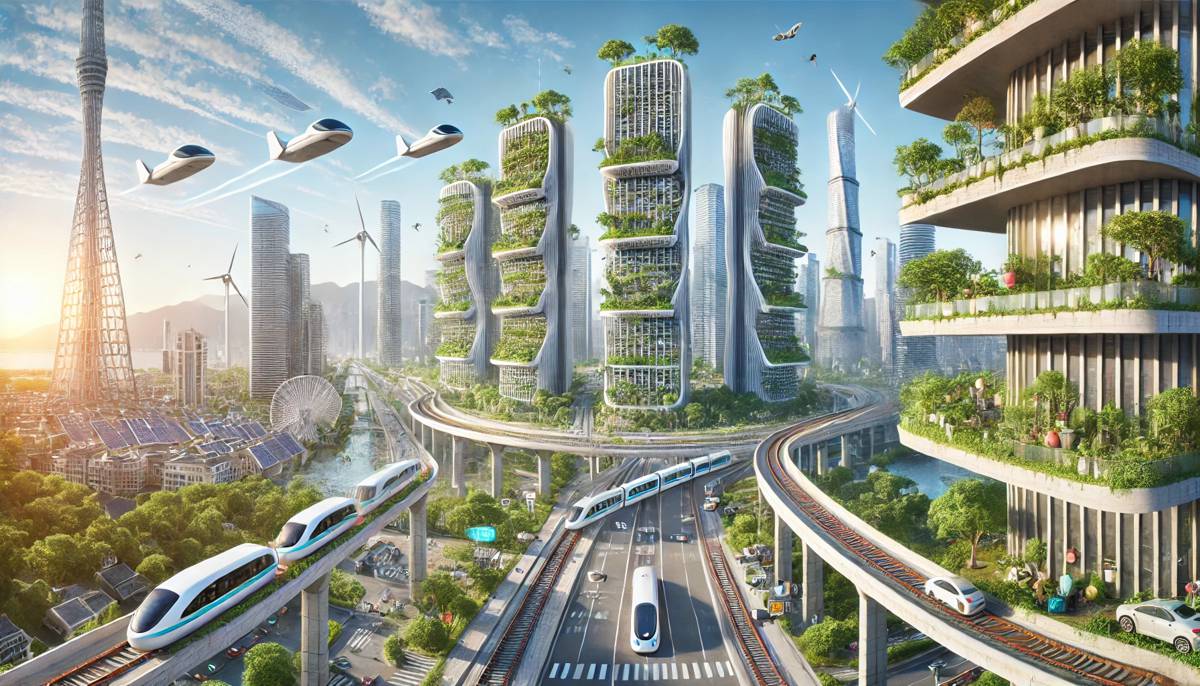Innovative Safety and Energy Solutions for Modern Infrastructure
In today’s fast-evolving world, integrating smart technology and eco-friendly practices into infrastructure is essential for ensuring safety and efficiency.
Innovative solutions like IoT sensors and AI-driven analytics enable real-time monitoring and predictive maintenance, reducing risks and costly downtime. At the same time, renewable energy sources and energy-efficient designs significantly cut environmental impact and operating costs, contributing to more sustainable environments.
These advancements offer transformative benefits for infrastructure projects, from construction sites to urban developments. By embracing cutting-edge technologies, you can future-proof communities, creating safer, smarter, and more sustainable spaces that meet the demands of modern living.
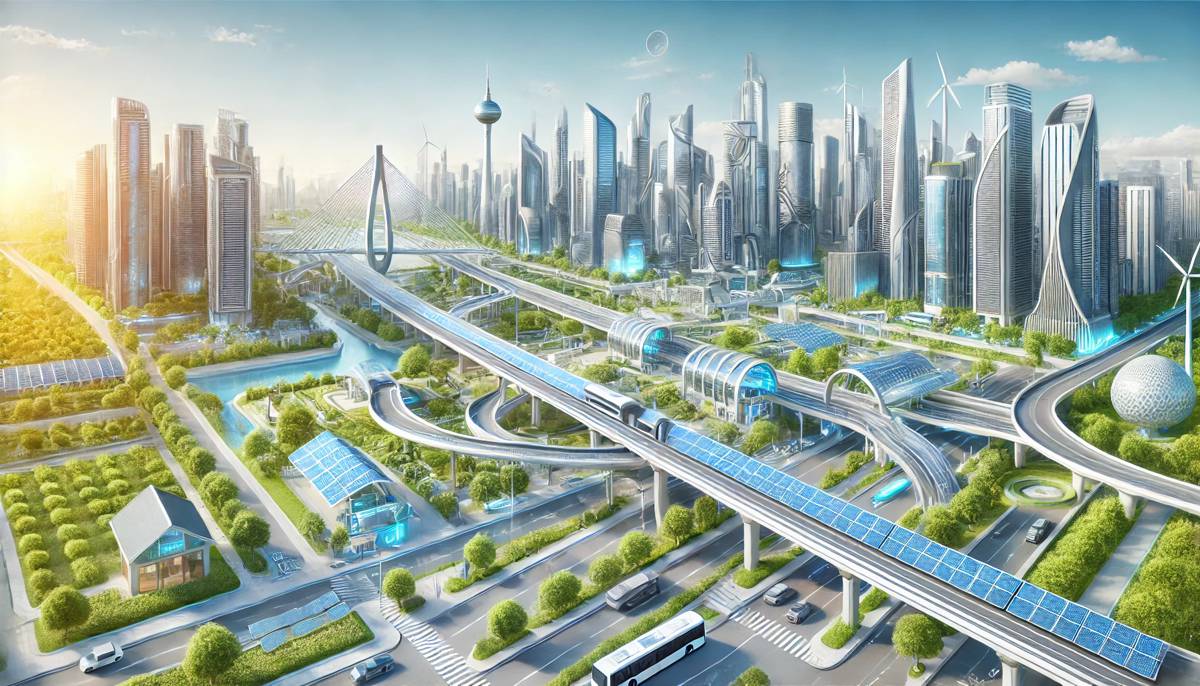
Emerging Innovations in Infrastructure Safety
With rapid advancements in technology, infrastructure safety is becoming increasingly sophisticated. Smart monitoring systems and advanced materials are transforming how we approach the safety of modern structures.
Smart Monitoring Systems
Imagine a bridge that can alert you about its health status before any visible damage occurs. Smart monitoring systems integrate sensors, AI cameras, and IoT technology to continuously track the structural integrity of infrastructure.
These AI cameras can visually detect cracks, deformations, or unusual activity, complementing sensor data to provide a comprehensive safety overview. Additionally, integrating AI with machine learning algorithms enables these systems to analyse patterns over time, identifying recurring issues or potential vulnerabilities that may not be immediately visible. Such technology enhances real-time monitoring capabilities, allowing for precise maintenance scheduling and reducing the likelihood of unexpected structural failures.
Smart monitoring also includes predictive analytics. By analysing the collected data, these systems forecast potential failures, thus allowing for pre-emptive repairs. This not only increases safety but also extends the lifespan of infrastructure.
Advanced Materials for Construction
Developments in advanced materials provide significant safety enhancements for infrastructure. Self-healing concrete is one such innovation. It uses bacteria or encapsulated compounds that activate in the presence of cracks, effectively extending the life and resilience of structures.
Composite materials offer another breakthrough. They are lighter yet stronger than traditional materials, providing high resistance to environmental stressors like corrosion and fatigue. For example, fibre-reinforced polymers (FRPs) are increasingly being used in bridge construction due to their durability and resistance to harsh weather conditions. Such materials not only extend the lifespan of structures but also reduce maintenance costs, making them an economical choice for large-scale projects.
These materials are crucial for areas prone to severe weather or geotechnical threats. By incorporating them into construction, you ensure that structures withstand both everyday and extreme conditions better, prioritizing safety at every stage.
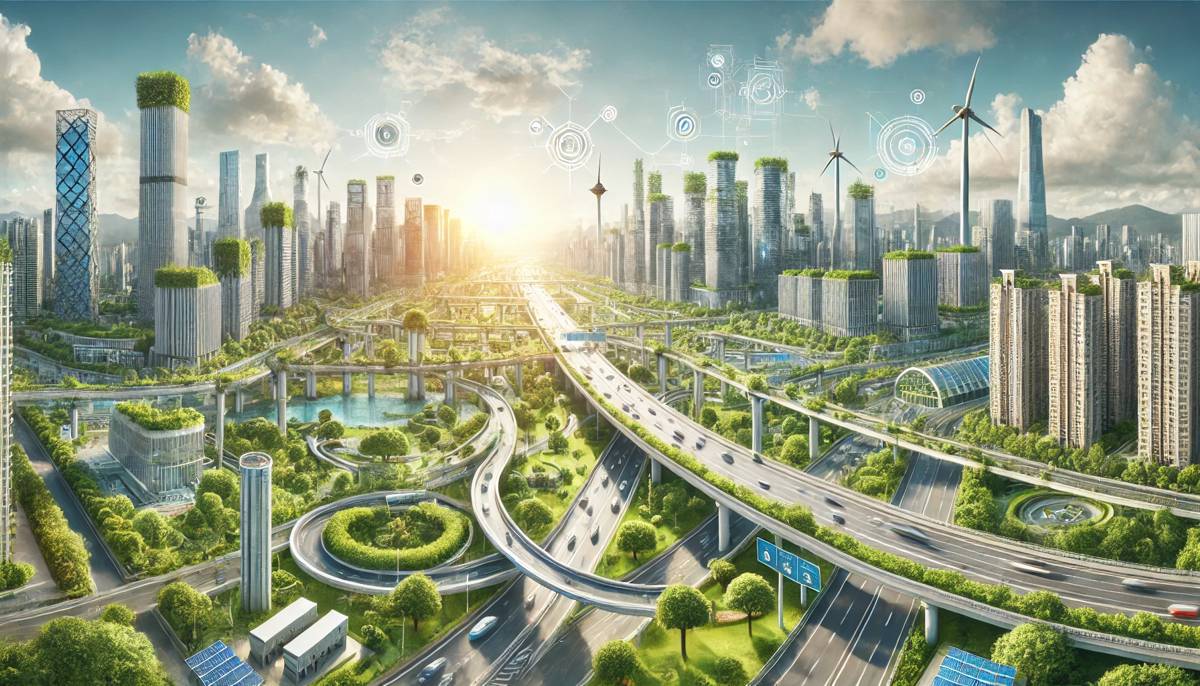
Sustainable Energy Solutions
Embracing sustainable energy options can significantly reduce your carbon footprint and energy costs. By integrating renewable sources and adopting energy-efficient technologies, you can contribute to a cleaner and more sustainable future.
Renewable Energy Integration
When you think about switching to renewables, you’re investing in a cleaner future. Solar and wind power are leading the way, offering abundant energy without harmful emissions. These sources are becoming increasingly affordable, thanks to technological advancements and government incentives. Emerging technologies, such as floating solar farms and offshore wind turbines, are expanding the potential for renewable energy in areas with limited land availability. By embracing such innovations, even urban areas can integrate sustainable power solutions effectively.
Offices and homes can now install solar panels to generate electricity, reducing dependency on traditional fuel sources. In addition, wind turbines can be strategically placed in rural areas or coastlines to harness wind energy. By combining these resources, both small and large-scale energy demands can be met sustainably.
Energy-Efficient Technologies
Incorporating energy-efficient technologies can transform how you consume energy. LED lighting, for instance, uses less power and lasts longer compared to traditional lighting, offering both economic and environmental benefits. Transitioning to energy-efficient appliances can further minimize energy use in households and workplaces.
Utility bill auditing is another valuable tool for identifying inefficiencies and reducing unnecessary energy expenses. By analysing billing data, you can uncover hidden costs and optimize energy usage, complementing investments in smart thermostats and building management systems. Additionally, these audits can help identify trends in energy consumption, enabling infrastructure managers to implement targeted upgrades, such as insulation improvements or equipment replacements, to further enhance efficiency and lower operating expenses.
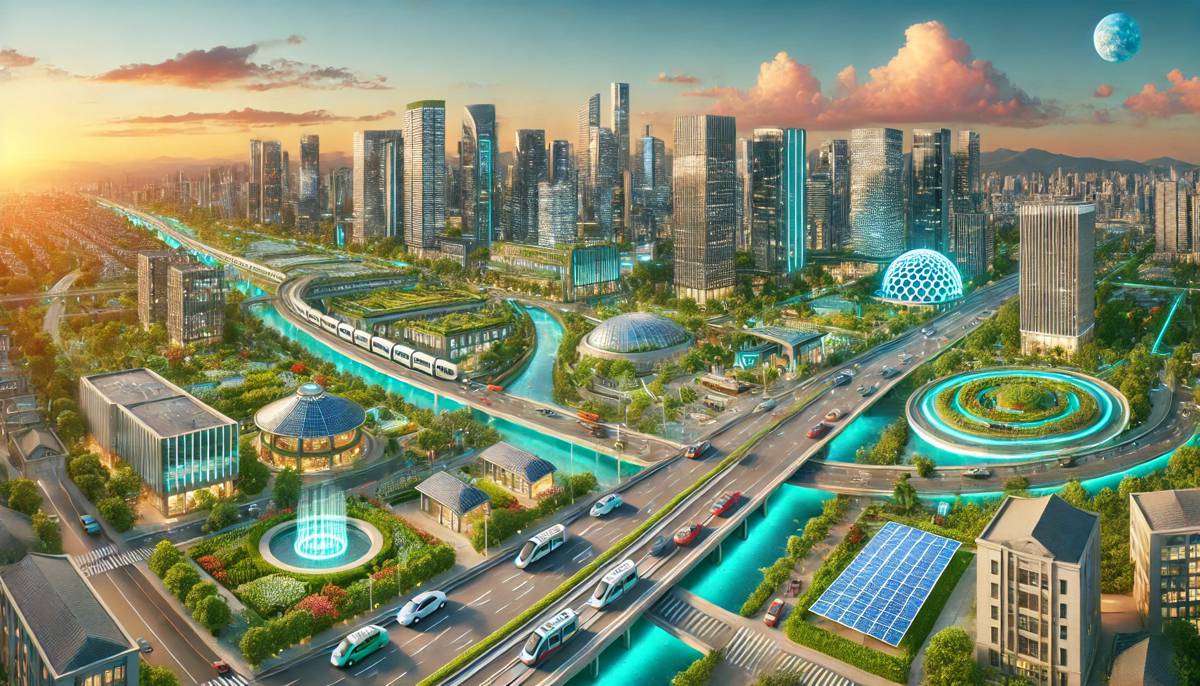
Implementation Challenges and Strategies
Incorporating cutting-edge safety and energy solutions into modern infrastructure involves navigating complex policy landscapes, securing funding, and addressing public perception. Each of these aspects requires careful consideration to ensure the successful integration of innovative technologies.
Policy and Regulatory Environment
Adapting to the current policy and regulatory environment can be a significant challenge. You must familiarize yourself with existing regulations, which might vary regionally, to streamline compliance.
Policy changes often lag behind technological advancements. This can lead to uncertainty, hindering progress. Advocating for clearer guidelines and active participation in policy development can help bridge this gap.
You also need to address environmental regulations, which are crucial for implementing sustainable practices. Proactive partnerships with regulatory bodies can foster better communication and facilitate smoother project approvals.
Investment and Funding Models
Securing adequate investment requires a strong understanding of existing funding models. Public-private partnerships (PPPs) often offer a viable path. These partnerships can leverage both governmental support and private-sector expertise.
Venture capital and green bonds are other funding avenues you can explore. Innovative financing models, such as crowdfunding, are gaining traction and can provide the necessary capital for smaller projects.
Understanding risk-sharing mechanisms is crucial for encouraging investor confidence. Making a solid business case that highlights the long-term benefits of energy-saving innovations can play a crucial role in securing funding.
Public Perception and Acceptance
Public perception is pivotal in the successful implementation of new safety and energy solutions. People may be resistant to change, especially if costs or risks appear high.
Transparent communication helps build trust and acceptance. You can utilize workshops, community meetings, and social media to engage and educate the community about the benefits and safety of new technologies. Partnering with community leaders and local influencers can further amplify these efforts, ensuring the message reaches diverse audiences. Providing hands-on demonstrations or trial periods for new technologies can also alleviate concerns and showcase their real-world advantages.
Highlighting positive case studies and real-world examples can make new solutions more relatable. Active efforts to involve community stakeholders in projects can lead to greater acceptance and smooth transitions.
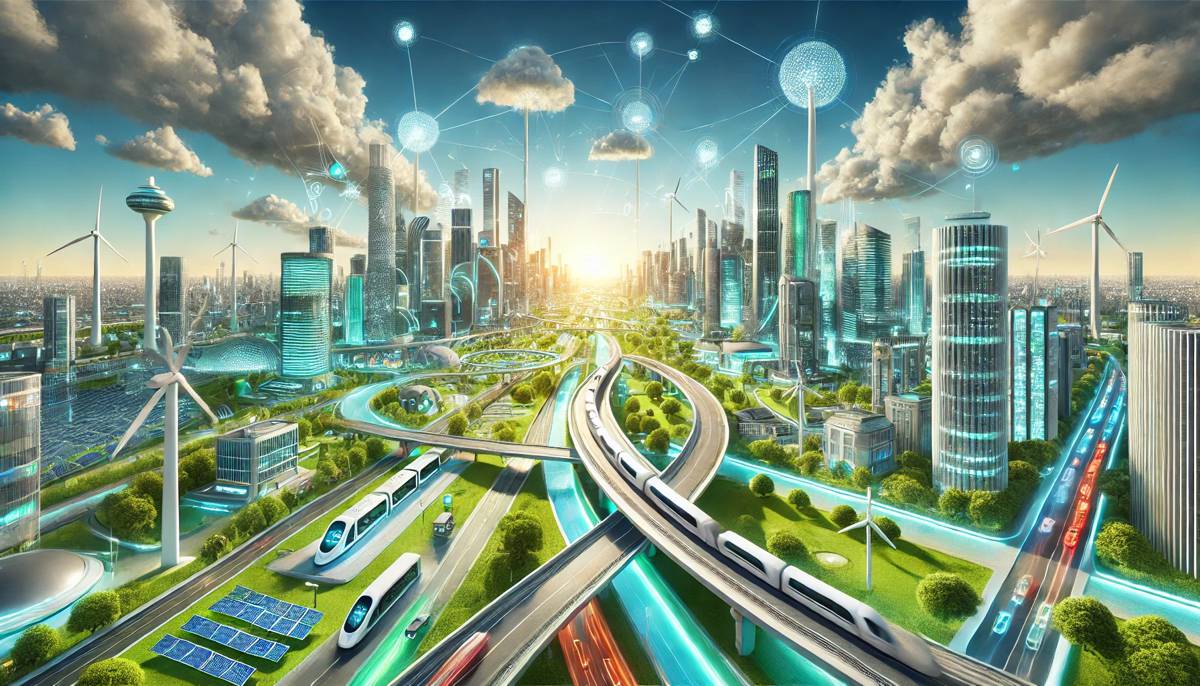
Future-proofing Our Infrastructure
Incorporating innovative safety and energy solutions into modern infrastructure is essential for creating sustainable, efficient, and resilient communities. From smart monitoring systems and advanced materials to renewable energy integration and energy-efficient technologies, these advancements address critical challenges while offering long-term benefits.
Despite implementation hurdles like regulatory complexities and funding constraints, proactive strategies and transparent communication can ensure successful adoption. By embracing these solutions, we not only future-proof our infrastructure but also contribute to a cleaner, safer, and more sustainable world.
